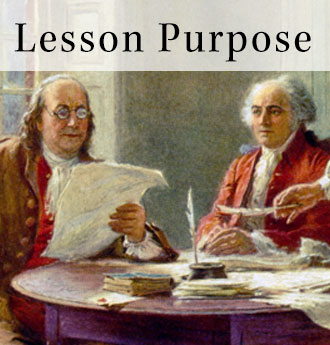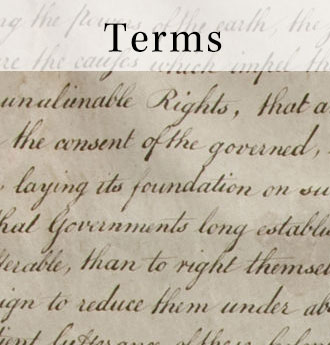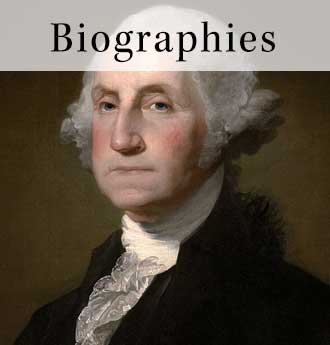Lesson 21: How Does the U.S. Supreme Court Use the Power of Judicial Review?
Marbury v. Madison (1803) | Judicial Review Is Established (Video)
Prior to leaving office, President John Adams sought to ensure his party's continuing influence by appointing 42 justices of the peace. However, Thomas Jefferson, the new president, refused to deliver some of the appointment letters. William Marbury was among those who did not receive his appointment, and he sued to have it delivered. Writing for the Supreme Court in 1803, Chief Justice John Marshall ruled that Marbury had a right to his commission. However, he also ruled that the Judiciary Act - which provided original jurisdiction to the Court in this matter - contravened Article III of the Constitution. Thus, the Court could not order the commission to be delivered. This case established the doctrine of judicial review - i.e., the power of the federal courts to declare legislative and executive laws or acts invalid if they violate the Constitution. Judicial review today remains a powerful and established tool of the courts and has been described as "America's original contribution to the science of law."
Marbury vs. Madison: What Was the Case About? (Video)
What happened in the 1803 United States court case between William Marbury and James Madison? What effect did it have on the young nation?




